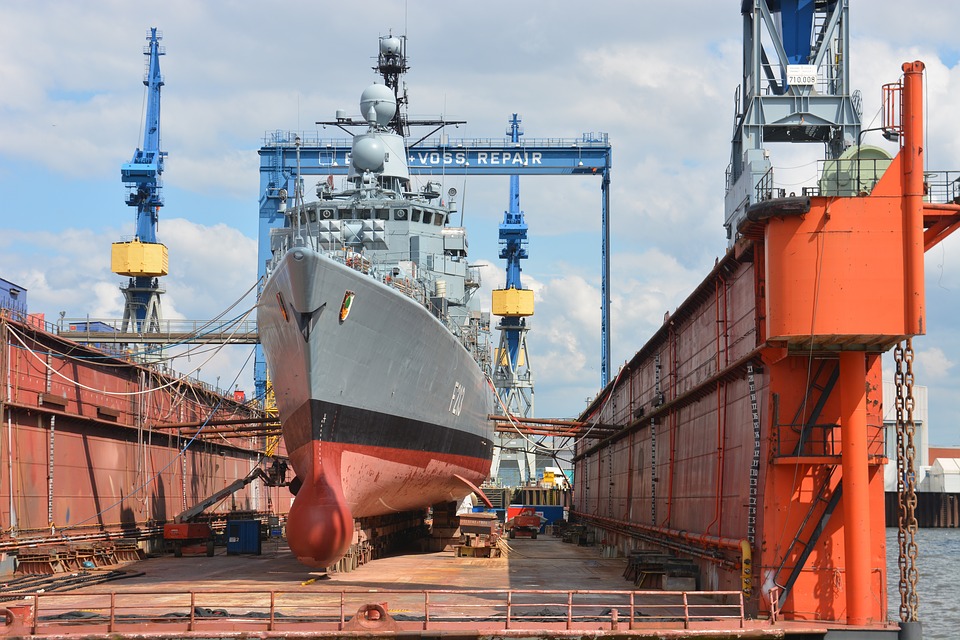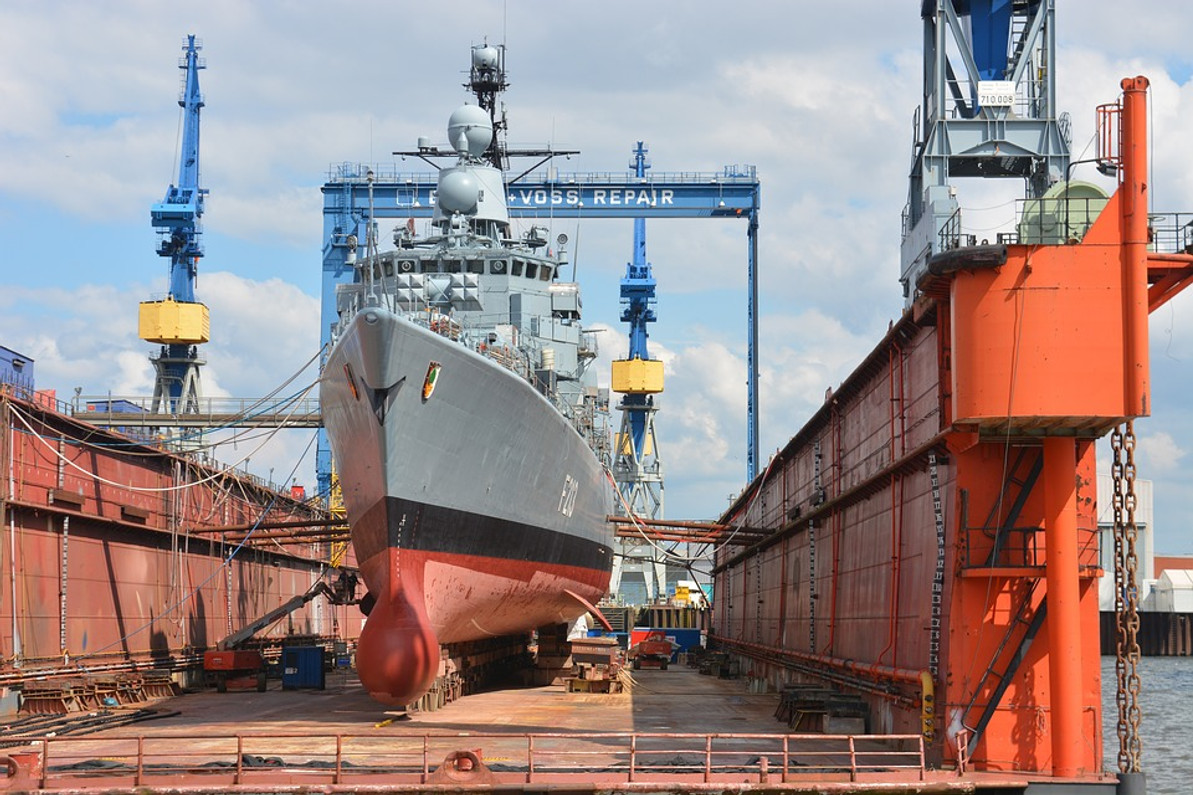OSHA Releases Fact Sheet on Shipyard Safety

The Occupational Safety and Health Administration (OSHA) has published a new fact sheet on shipyard safety.
Available at the official OSHA website, the fact sheet focuses specifically on programs for evaluating component persons. As explained by OSHA, shipyard workers are exposed to a variety of hazards, some of which include toxic gas inhalation, confined spaces, flammability and atmospheric pollution. To protect against injury, OSHA says that a shipyard competent person or a NFPA-certified marine chemist must be employed. This individual will ultimately determine whether a working space is safe, as well as offer the appropriate personal protective equipment (PPE) needed to work in that space.
"A shipyard competent person (SCP) and/or a NFPA-certified Marine Chemist (CMC) must be employed to determine whether a space is safe for workers and prescribe the appropriate protective measures to be implemented," explained OSHA on its fact sheet.
Also known as a dockyard, a shipyard is an area where ships are constructed and repaired. When a captain needs his or her vessel repaired, for instance, they'll take it to the shipyard. Shipyards are typically located next to a body of water, allowing for easier repairs.
According to the new fact sheet, OSHA says that shipyard competent persons (SCPs) must have a general understanding of certain skills pertaining to shipyard safety. This includes the ability to carry out instructions by a CMC, CIH or Coast Guard; the ability to perform tests and inspections; familiarity with the designation of spaces where shipyard work is performed; ability to use and calibrate atmospheric testing equipment; ability to inspect and test working spaces; and the ability to maintain records of tests, inspections and operations.
The fact sheet goes on to list safety precautions that SCPs must perform to ensure the safety of workers. Among those precautions are inspecting and testing spaces for oxygen content prior to entry; visually inspecting spaces that contain combustible liquids; visually inspecting spaces containing toxic chemicals, corrosives or irritants; and reporting all physical hazards to the employer or representative.
There's an inherit risk of injury in all industries, and shipyards are no exception. However, as OSHA's recent fact sheet reveals, shipyard work carries several unique risks, one of the most notable being atmospheric pollution and toxicity. To protect against injuries associated with these risks, employers should utilize a CSP as per the fact sheet.
Recent Posts
-
Fire Safety in the Workplace: What You Need to Know
What steps are you taking to prevent fires in your workplace? According to the U.S. Occupational Saf …Aug 23rd 2023 -
Is It Safe to Go Jogging With a Cold Infection?
If you're suffering from a cold infection, you might be wondering whether it's safe to go jogging. T …Aug 22nd 2023 -
5 Safety Tips to Follow When Using a Powder-Actuated Tool
Powder-actuated tools are commonly used to join materials to steel and concrete. Also known as Hilti …Aug 20th 2023




